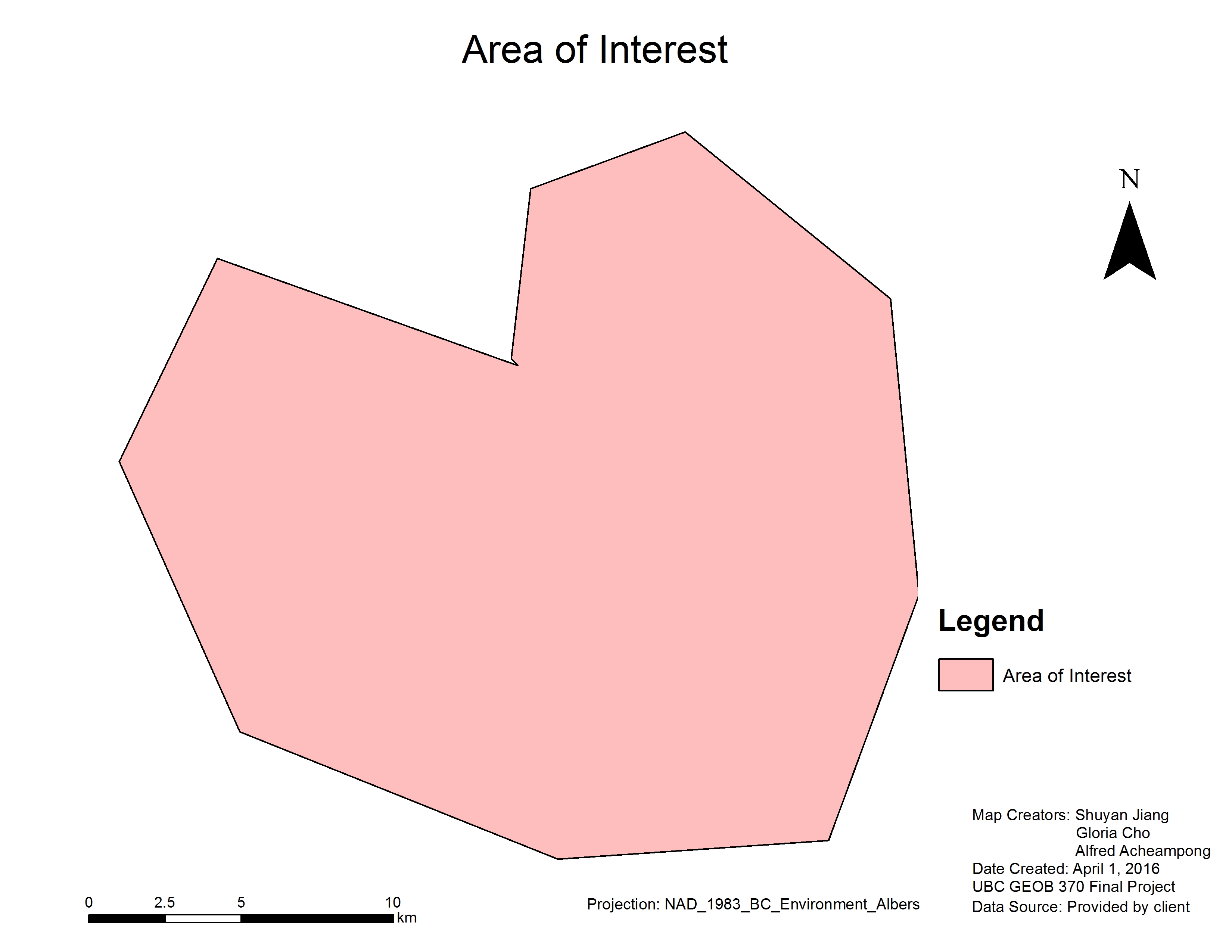Why is Sustainable Forest Management Important?
The 21st century is faced with a lot of social and environmental challenges that threaten our very existence on earth. Climate change, deforestation, biodiversity loss, pollution and institutional bottlenecks in Global Environmental Governance are but a few of the issues resource managers and policy makers have to resolve everyday. Various researchers over the years have proven that sustainable forest management and the restoration of degraded forest site plays a significant role in addressing these environmental challenges.
Forest plays a tremendous role in carbon sequestration, water purification, biodiversity enhancement and other ecosystem functions. However, the Anthropocene age has come with great conflict between forest conservation and it’s exploitation to meet the pressing demand of fast growing economies. In order to meet market demand, forest companies have degraded many forest resources through over exploitation and poor management practices. There is an urgent need to develop and implement strategic plans to meet our present resource demands while not undermining the resources available to future generations.
Why it is important to BC?
BC is one of the world’s leading exporters of wood products (Canada Starts Here, 2016). To maintain this competitive economic position, it is critical to maintain the attributes that give BC this comparative advantage. This translates to maintaining an adequate stock of productive growing stock, harvesting stems with ideal characteristics (size, age, defects) and conducting management activities in a way that is sustainable.
Where is our Area of Interest (AOI)?
Our objected land base is located in the Cariboo region, inertial BC, Canada.
Map 1. Area of Interest(AOI)
 Map 1 above shows our clipped out AOI from the land base. We feel like it is significant to clip out this specific ‘heart shaped’ area because……it looks nice isn’t it? Another serious reason is that some the data layers we used are from real-day clients, many of which contains confidential information about their land base. As you might have noticed, we didn’t have any base map indicating the actual location of our AOI here. Apart from that, out AOI is very representative to the entire land base regarding to its BEC composition and tree species and age distribution etc. Our AOI has a total area of 43886 ha in size.
Map 1 above shows our clipped out AOI from the land base. We feel like it is significant to clip out this specific ‘heart shaped’ area because……it looks nice isn’t it? Another serious reason is that some the data layers we used are from real-day clients, many of which contains confidential information about their land base. As you might have noticed, we didn’t have any base map indicating the actual location of our AOI here. Apart from that, out AOI is very representative to the entire land base regarding to its BEC composition and tree species and age distribution etc. Our AOI has a total area of 43886 ha in size.
Where did we get the data?
Most of the data layers we used in this management plan were from a data package of a real client. Therefore, we are confident that most of the data we used are up-to-date and accurate. For example, the age distribution information was from year 2015 as well as the species distribution.